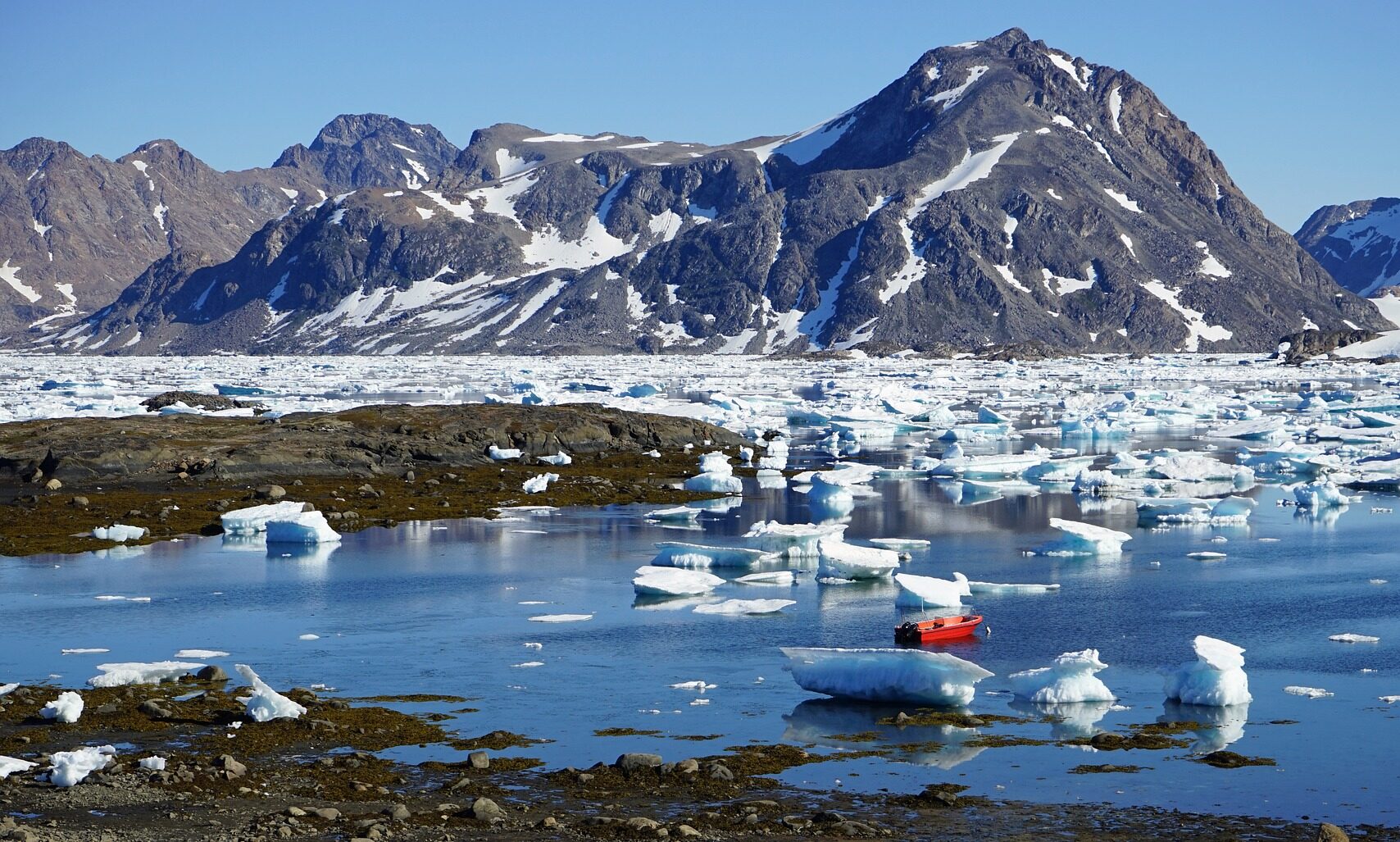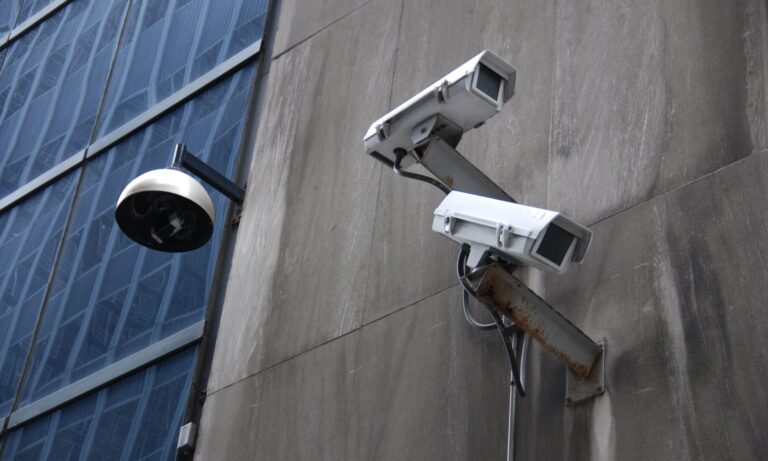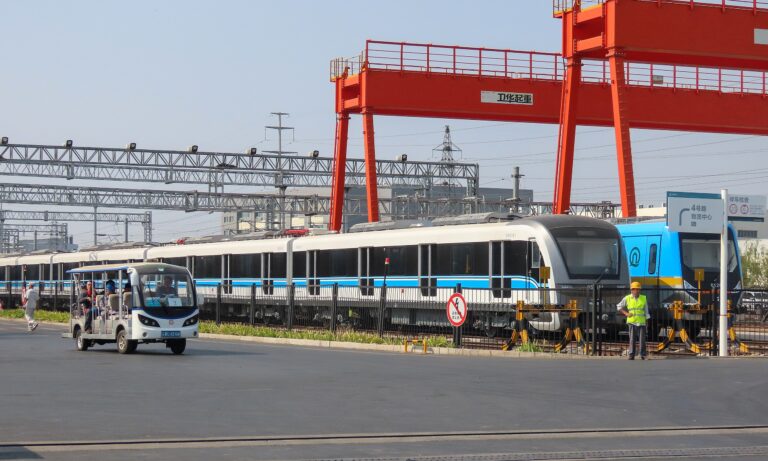
Increasing geopolitical tensions in the Arctic have seen Greenland attract the attention of various world powers due to, among other reasons, its rare earth deposits. Both the EU and China have shown interest in the Greenlandic resources, but this tug of war has stalled since the 2021 electoral victory of anti-mining parties in Greenland. The EU’s Critical Raw Material Act could address some of the concerns that left the projects in limbo, but restarting mining on the island would be no panacea for the EU’s quest for rare earths dependency reduction.
Rare earths have been receiving increasing attention in EU-China relations, particularly in the context of the EU’s significant dependency on Chinese rare earths imports. They have countless applications, from electronics and transportation to national defence equipment and telecommunications. The EU demand for these materials is expected to multiply in the coming years, as they are essential for the Union’s green and digital transition.
As such, rare earths have been part of the EU’s Critical Raw Materials List since 2020, and have been deemed significant for the EU’s new de-risking approach to its relationship with China: as part of this strategy, the European Commission recently released the Critical Raw Materials Act.
China entered the rare earths market in the 1980s and, by the mid-1990s, it had taken center stage. By combining ever-increasing mining activities and intensive acquisition of rare earth shares in other countries, China managed to secure over 95 percent of global production by 2010. The West was initially happy to let China take over extraction and refining activities with such a substantial environmental toll and paid little attention to China’s increasingly significant lead.
Yet, China’s dominance over the sector has also gave it a significant political leverage. In September 2010, after a spike in tensions between China and Japan related to the territorial dispute over the Senkaku/Diaoyu Islands, an archipelago located in the East China Sea, China appeared to place an unofficial embargo on rare earth exports to Japan. Beijing has vehemently denied this claim, but the impact of these events on the rare earth market was felt far and wide. Many governments around the world began to question China’s reliability as a supplier, and a sense of urgency to reduce dependency on China for these materials arose.
For the EU, this urgency has since been accentuated in the light of the impact of Russia’s invasion of Ukraine on the EU energy landscape. Even if China’s control of the industry has weakened since its apex a decade ago, it still accounts for one-third of known rare earth reserves, 60 percent of mined production and 85 percent of processing capacity worldwide.
Greenland’s Part in the Picture
As part of its plan to reduce rare earth dependency, the EU has been seeking to establish mining projects within the bloc itself. Various economically exploitable deposits have been found within the EU’s borders. Most recently, mining company LKAB announced that it had found a deposit of over 1 million tons of rare earth oxides in northern Sweden. Other areas in Southern Europe, such as the Balkans, may also contain considerable resources, but remain largely underexplored at present.
Here, Greenland enters the picture. The largest island in the world is not part of the EU per se. It joined the European Community with Denmark in 1973 but chose to leave after a dispute regarding fishing quotas just over a decade later. It is still, however, a member of the Overseas Countries and Territories Association of the EU.
The island holds significant reserves of these materials, believed to amount to 1.5 million tonnes. According to a report by the European Commission’s Joint Research Centre, Greenland’s reserves make up almost 20 percent of the available reserves and nearly 10 percent of the overall global resources. It has been suggested that its potential world-class deposits could be capable of meeting 25 percent of current global rare earths demand. Located in southern Greenland, the Kvanefjeld mining project, one of the largest rare earths deposits in the world, has particular potential to become a globally significant supplier of rare earths for many decades.
It is therefore no surprise that the EU has been eyeing Greenland as a possible piece of the puzzle when it comes to reducing EU dependence on rare earths imported from beyond the Union’s borders. When the island was granted increased self-governance in 2009, it was agreed that issues of national security would fall to Denmark, whereas resource exploitation would be under the remit of the Greenlandic authorities.
What this meant for mining activities on the island was that Denmark effectively retained the power to make decisions on uranium mining, whereas rare earths fell to Greenland. Many members of the Greenlandic political establishment saw the mining projects as an opportunity for job creation, economic development, and even a stepping stone on the path to independence from Denmark.
Enter China: From Arctic Policy to Stalled Investments
After obtaining significant self-governance powers in 2009, Greenland set out to obtain funding for its rare earth ventures. Due to the Global Financial Crisis, the international investor pool had been reduced to a minimum, especially in the West, and so Greenland turned to China, which had not yet sent the market for these materials roiling with the unofficial embargo on Japan. The limited infrastructure across the Arctic made it ripe for Chinese investment, a perception that has since been confirmed by the publication of China’s Arctic Policy white paper and the announcement of the Polar Silk Road. China has also pursued collaboration with Greenland in other areas, such as scientific research and cultural exchange.
A variety of Chinese investments were discussed in relation to Greenlandic reserves. Among them, it is worth noting the case of Shenghe Resources, a Shanghai-listed company with operations spanning every part of the rare earth supply chain. The largest mining projects in Greenland have largely been developed by non-European companies, mostly based in Australia, such as Energy Transition Minerals Ltd (formerly Greenland Minerals Limited) which was involved in negotiations over the development of the Kvanefjeld project. Shenghe purchased over 10 percent of the company, making it the largest shareholder.
Similar Chinese company involvement arose with varying intensity around the island, sparking debate. Denmark has raised concerns about increasing Chinese engagement, highlighting the inherent imbalance of power in the relationship between the two. Greenlandic authorities weighed the attractiveness of Chinese funds for mining projects that could well finance its pursuit for independence against the potential impact of a substantial Chinese presence on Greenland’s security. However, both the debates and investment plans became moot after the 2021 Greenlandic elections, which were triggered by divisions over mining in the country and ultimately culminated in a ban on uranium mining and exploration throughout the island, which also left major rare earth extraction projects in limbo.
Reclaiming Rare Earths: The Critical Raw Materials Act
Since 2021, neither China nor the EU can access the Greenlandic reserves – a challenge for the Union, looking to reduce its dependency, and perhaps a win for China in terms of maintaining its near monopoly. The EU has since continued to pursue various dependency-reduction strategies, most recently via its new Critical Raw Materials Act (CRMA). The Act sets yearly benchmarks for domestic extraction, processing, and recycling, and limits the percentage of the EU’s annual consumption of each material that can be obtained from a single third (non-EU) country to 65 percent. It also fosters research and innovation, sets out stockpiling systems to mitigate supply chain shocks, and seeks to increase recycling and overall sustainability of critical raw materials.
The potential of the Act to address the current Greenlandic stalemate resides in two areas, the first of which is the combination of limiting critical raw materials imports and providing subsidies and other incentives for extraction. Although a Greenlandic poll published during the 2021 elections showed 63 percent of respondents were against the Kvanefjeld mining project, a different poll published two years earlier noted that almost 68 percent of Greenlanders supported independence from Denmark before 2039, and in 2023, a commission tasked with drafting a constitution for an independent Greenland presented its proposal. Thus, additional support from the EU could potentially encourage Greenland to resume mining activity to secure the additional funding to reduce its dependence on the substantial annual block grant provided by the Danish government, smoothing the path towards independence.
Second, the main reasons Greenland opposed mining in the first place were environmental: mining major rare earth deposits on the island would entail extracting the toxic and radioactive materials that are part of the same deposit, and there are concerns that this could generate radioactive dust that would affect nearby towns and farming and grazing areas. Additional concerns have been raised regarding the potential environmental impact of radioactive waste disposal mechanisms. The CRMA addresses requirements for environmental assessments prior to carrying out projects and waste disposal, but largely links the issues back to already existing directives. It chooses to focus on fast-tracking strategic projects in pursuit of raw material autonomy, which risks jeopardising sound environmental or social impact assessments. Thus, it does not provide any immediate new solutions to Greenland’s concerns.
Even if the CRMA did provide enough incentive for mining to restart in Greenland, this would still not be a cure-all for the EU’s rare earth woes. European mines only cover about 30 percent of its critical raw material needs, so even once extraction begins in Greenland, which would also be a lengthy process, significant rare earths dependency reduction would still hinge on the success of EU partnerships with third countries, such as the one currently under negotiation with the United States. Additionally, even if the EU were to secure the means to extract the necessary rare earths to limit its dependency on Chinese extraction sites, it is still a substantial importer of key components and finished products that use rare earths, especially green technologies that China has also come to dominate. In other words, to re-shore rare earths, the EU will need to think beyond Greenland.
Written by
Blanca Marabini San Martín
BlancaMSMBlanca Marabini San Martín is a PhD student at the Centre for East Asian Studies of the Madrid Autonomous University (CEAO – UAM), in Spain, as well as part of the China Horizons Research Consortium. She has collaborated with the International Institute for Asian Studies (IIAS, Leiden), the Spanish Institute for Strategic Studies (Ministry of Defense of Spain), and the Spanish Chinese Policy Observatory. Her research interests center around the climate, environmental, and green tech dimensions of China’s foreign policy, particularly within the framework of EU-China relations.


